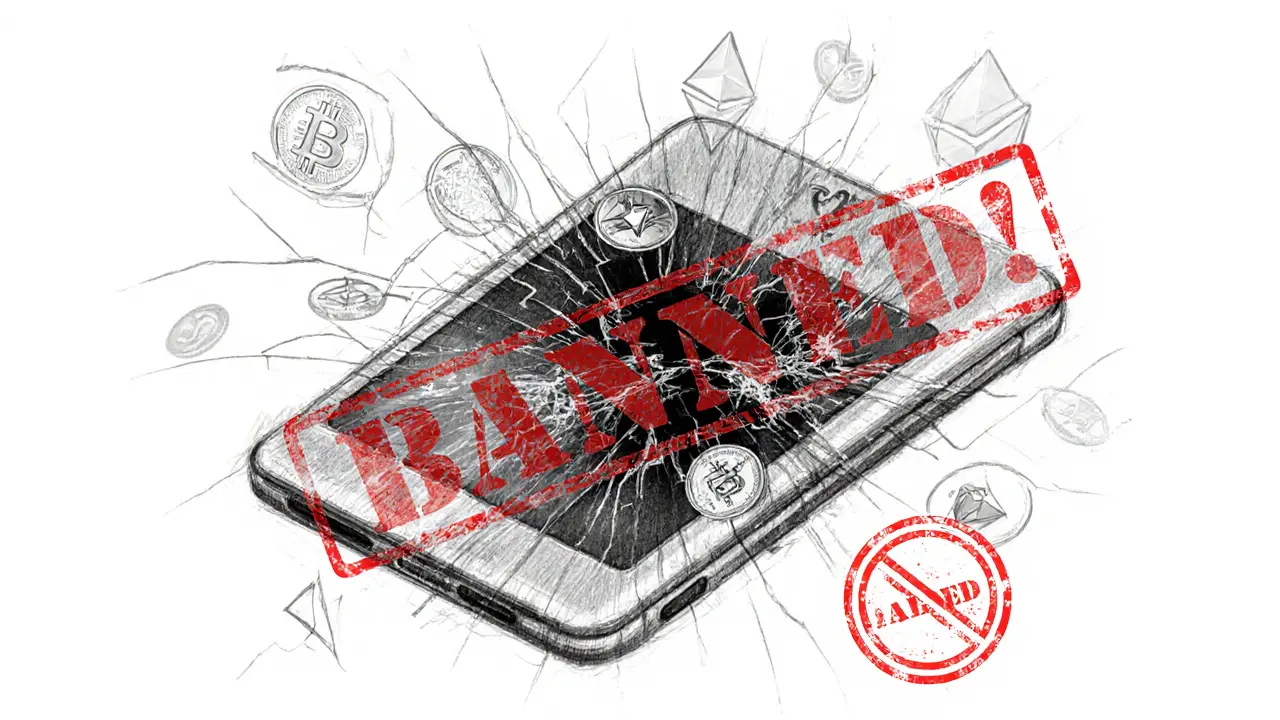Digital Yuan vs Crypto: What’s the Real Difference?
When people talk about the digital yuan, China’s official central bank digital currency issued by the People’s Bank of China. Also known as e-CNY, it’s not a cryptocurrency—it’s a digital version of the Chinese yuan, fully backed and controlled by the state. That’s the first thing you need to understand. While Bitcoin moves peer-to-peer without a middleman, the digital yuan is tracked, monitored, and can be turned off by authorities. It’s not about freedom—it’s about control.
The blockchain, a distributed ledger technology that records transactions across many computers. Also known as distributed ledger, it’s often linked to crypto, but the digital yuan doesn’t use public blockchain like Bitcoin does. Instead, it runs on a permissioned system where the government decides who can access what data. That’s why you can’t mine it, you can’t hodl it anonymously, and you can’t send it to someone outside China without approval. Crypto, on the other hand, is built on open networks. Anyone can join, verify transactions, and hold coins without asking permission. Bitcoin doesn’t care where you live. The digital yuan cares exactly where you are—and what you’re buying.
Then there’s the central bank digital currency, a digital form of a country’s fiat money issued by its central bank. Also known as CBDC, the digital yuan is China’s answer to losing cash dominance and reducing reliance on the U.S. dollar. Countries like Sweden and the EU are testing their own versions, but none are as advanced—or as tightly controlled—as China’s. Meanwhile, crypto projects like Ethereum or Solana aim to remove banks entirely. One is a digital upgrade to the old system. The other wants to replace it.
Why does this matter to you? If you’re holding crypto for privacy, decentralization, or as a hedge against inflation, the digital yuan won’t help. It’s designed to track your spending, limit where you can send money, and even freeze payments if the government decides you’ve crossed a line. We’ve seen this in action—Chinese citizens have had e-CNY wallets restricted over political speech, travel, or even shopping habits. Crypto doesn’t have that power. No one owns Bitcoin. No one can shut it down.
But here’s the twist: the digital yuan is already live. Over 260 million people in China use it daily. It’s in apps, ATMs, and public transit. Crypto? Still volatile, slow, and hard to use for most people. The digital yuan isn’t trying to be revolutionary—it’s trying to be efficient. And that’s why banks and governments are pushing it hard. They don’t want you to escape their system. They want to digitize it.
What you’ll find below aren’t opinions. These are real reviews, breakdowns, and investigations into how digital currencies are changing finance—from the strict rules of Hong Kong’s new crypto laws to how hackers launder crypto across chains. You’ll see why some exchanges are dodgy, why airdrops are fake, and how institutions like JPMorgan are quietly building their own digital systems. This isn’t about hype. It’s about what’s real, what’s risky, and what’s coming next.

Legal Status of Cryptocurrencies in China: Complete Ban and Enforcement in 2025
As of 2025, China has banned all cryptocurrency activities including trading, mining, and ownership. Learn how the legal crackdown works, why it happened, and what alternatives like the digital yuan mean for users.
